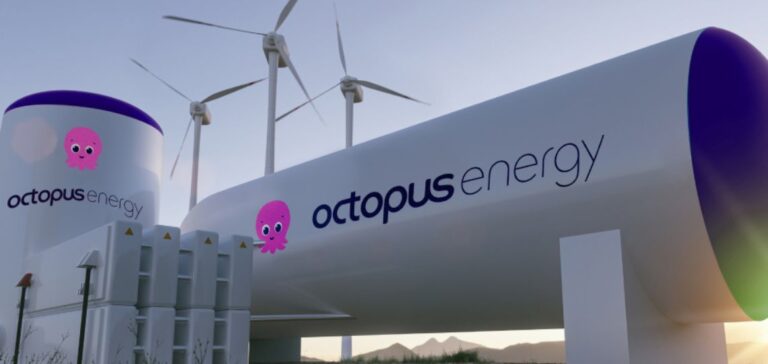Octopus Energy’s recent investment in Ocergy could mark a turning point for the floating wind industry. Ocergy, known for its innovative approach to the design of floating foundations, promises to significantly reduce the cost and construction time of offshore wind farms.
Local impact and green job creation
With its commitment to the environment, Ocergy is paving the way for collaboration with local manufacturers by adopting a hyper-local supply chain, and generating green jobs in the regions where the turbines are installed. This strategy not only reduces costs, but also plays a crucial role in strengthening local projects and economies in the areas where the Group operates.
Advantages of modular designs
Ocergy’s lightweight, modular foundations simplify on-site transport and assembly, and could revolutionize traditional wind farm construction methods. This flexibility enables fast and efficient installation, crucial for meeting the growing demands of renewable energy production.
Global expansion and energy security
Octopus Energy’s investment will enable Ocergy to commercialize its technology and accelerate its expansion into new markets. This development is essential to Octopus’ strategy of stimulating the global deployment of offshore wind power to reduce dependence on fossil fuels and enhance energy security.
Ambitious goals and government support
With governments around the world, notably the UK, setting ambitious targets for floating wind power, Ocergy’s innovations are well positioned to play a key role. The UK is targeting 5 GW of floating wind capacity by 2030, underlining the importance of this technology in meeting global climate targets.
Octopus’ investment in Ocergy could be a catalyst for transforming the offshore wind industry, with major implications for the global energy transition to cleaner, greener systems.






















